Middle-Class Californians Set To Pay Electricity Premium As State Makes Electric Car Push
The Washington Free Beacon reports on the Clean Coalition's analysis on California's fixed charge policy.
Read article
Designing and staging Community Microgrids for resilience
The Clean Coalition’s Community Microgrids are designed to provide indefinite, renewables-driven backup power to critical facilities. Our Community Microgrid Initiative will provide a standard methodology that any community can use to optimize and streamline the deployment of local renewable energy.
A Community Microgrid is a coordinated local grid area served by one or more distribution substations and supported by high penetrations of local renewables and other distributed energy resources (DER), such as energy storage and demand response. Community Microgrids represent a new approach for designing and operating the electric grid, relying heavily on DER to achieve a more sustainable, secure, and cost-effective energy system while providing indefinite, renewables-driven backup power for prioritized loads
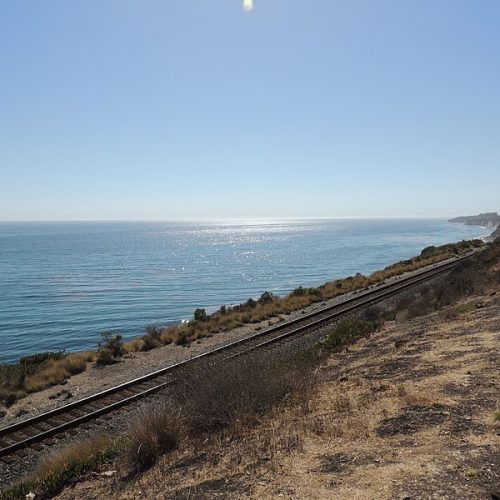
Spanning 70 miles of California coastline — encompassing the cities of Goleta, Santa Barbara (including Montecito), and Carpinteria — this highly transmission-vulnerable, disaster-prone region can benefit greatly from the resilience provided by Community Microgrids.
Learn more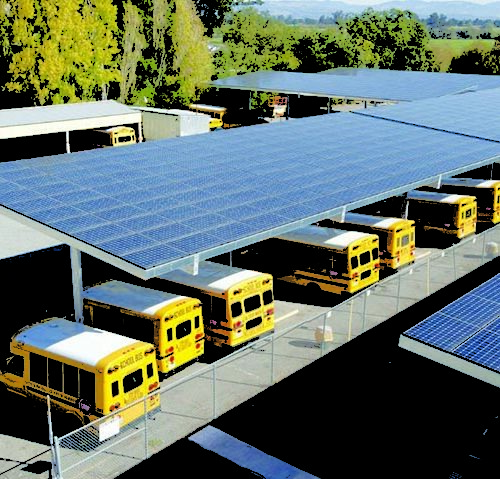
The Clean Coalition and Sage Energy designed and executed a state-of-the-art RFP process for a 28-year fixed-rate PPA for solar at 14 District sites, with full Solar Microgrids at 6 of those sites — including game-changing innovations that guarantee bill savings and resilience benefits to the District.
Learn more
Pairing innovative energy storage with an existing solar system at one of the largest solar installations in San Francisco, in a disadvantaged community, this project will showcase how front-of-meter (FOM) energy storage can be effectively deployed in dense, developed urban environments.
Learn more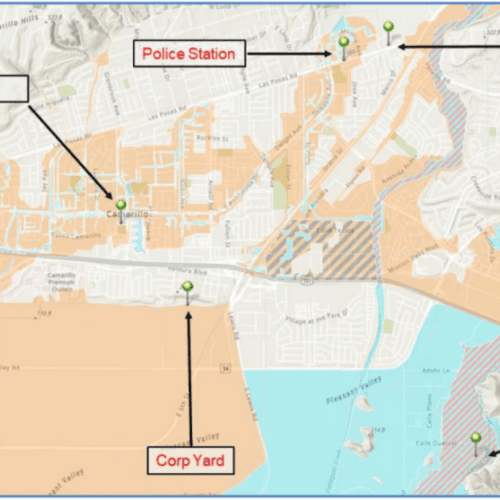
The Clean Coalition conducted a feasibility study and will manage the design work for Hybrid Solar Microgrids at five City facilities, with the projects designed to achieve zero net energy over their anticipated 30-year life — and reduce the cumulative carbon footprint of the sites by about 88%.
Learn more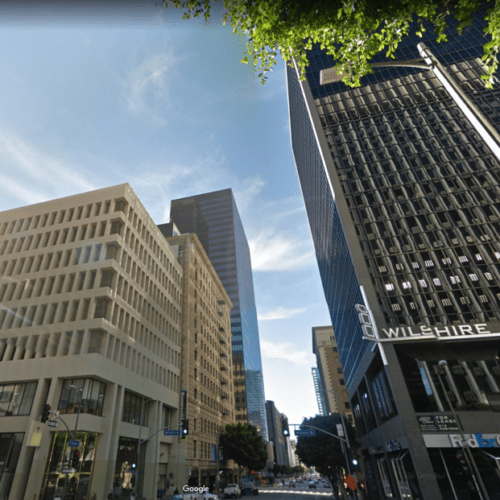
The Clean Coalition completed a feasibility assessment for the LACCD to identify emergency power needs for critical loads and various backup power solutions, including a Solar Microgrid, at the LACCD Educational Services Center (ESC), a high-rise building in downtown Los Angeles.
Learn more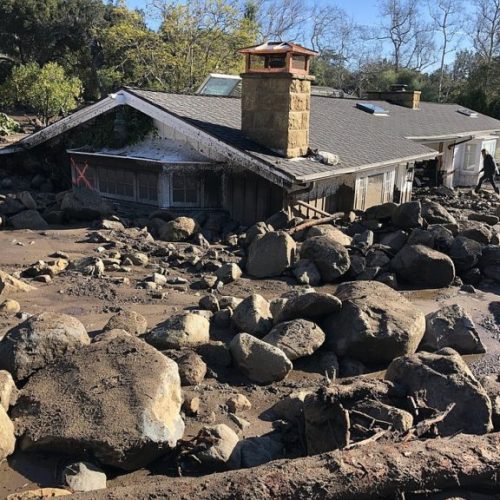
There is a unique opportunity to build back right in Montecito after a devastating wildfire and debris flow, while ensuring indefinite renewables-driven backup power for critical emergency response and recovery facilities. This initiative will also showcase the grid of the future.
Learn more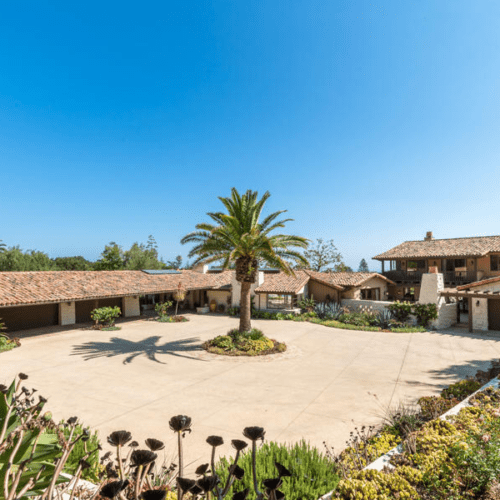
The Clean Coalition partnered with a homeowner in Montecito, California, to manage the development, deployment, and standardization of two Solar Microgrids, one for the main home and one for a guest house and orchard. This project will serve as a model for future Residential Solar Microgrids.
Learn more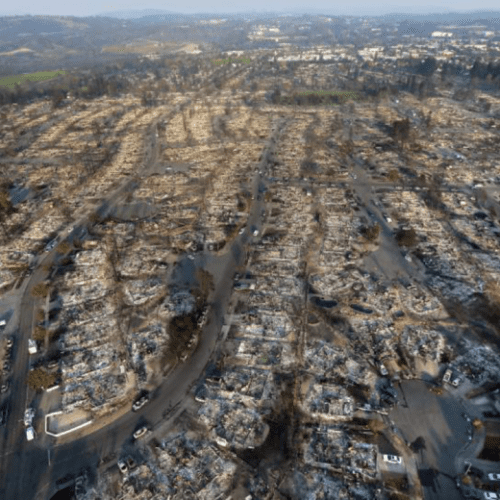
This initiative aims to create a more robust, resilient energy system and lower the environmental impacts of housing and transportation, while maximizing clean local energy use with solar, energy storage, and electric vehicle charging infrastructure.
Learn more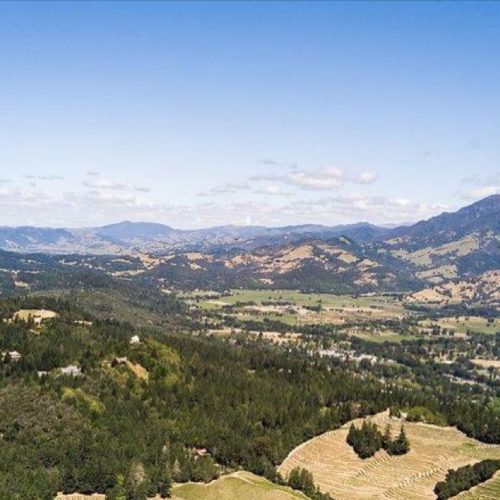
The Clean Coalition conducted a Community Microgrid feasibility assessment for the City of Calistoga, in a Northern California region of high wildfire risk. A Community Microgrid will protect Calistoga from all types of power outages.
Learn more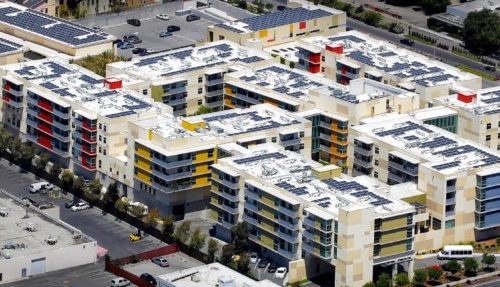
The PAEC Initiative provided an opportunity for the Clean Coalition to develop innovative, replicable approaches for accelerating the deployment of Advanced Energy Communities (AECs), including Solar Emergency Microgrids.
Learn more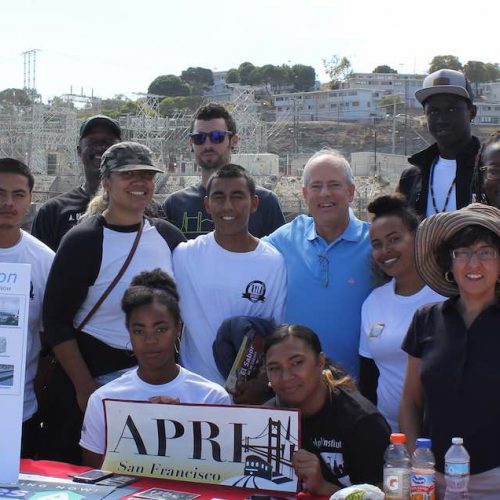
Conducted in collaboration with Pacific Gas & Electric, the Hunters Point Community Microgrid Project was designed to transform the Bayview and Hunters Point areas of San Francisco into a world-class Community Microgrid.
Learn more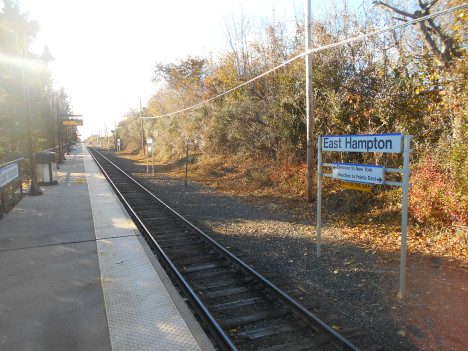
Aiming to achieve nearly 50% of its grid-area electric power requirements from local solar, this project sets the stage to avoid hundreds of millions of dollars in transmission investments that would otherwise be required to deliver power to the region.
Learn more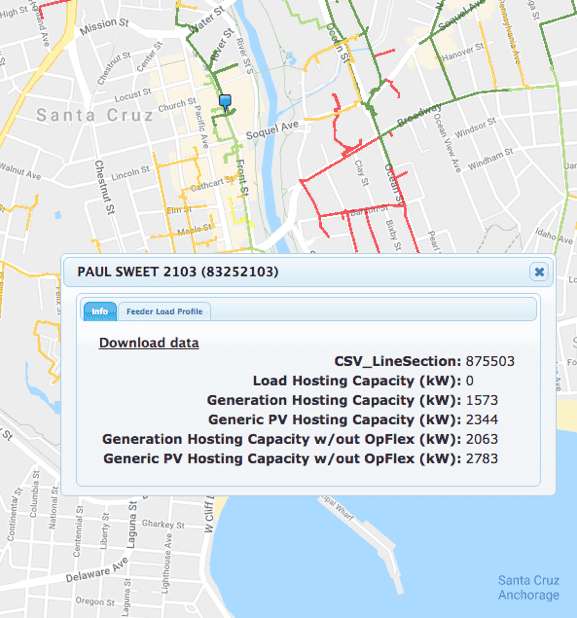 Rather than continuing the slow process of evaluating local renewable energy projects one at a time, our Community Microgrid Initiative is creating a fast pathway to bring clean local energy online.
Rather than continuing the slow process of evaluating local renewable energy projects one at a time, our Community Microgrid Initiative is creating a fast pathway to bring clean local energy online.
By modeling large areas of the distribution grid, we can efficiently identify greater distributed generation opportunities, allowing utilities and regulators to establish streamlined deployment plans. This systemwide approach enables large amounts of local renewables to come online in months rather than years.
The Clean Coalition is collaborating with electric utilities and technology firms to ensure that grid modeling software enhances visibility and management of energy at the distribution grid level. This advanced distribution grid modeling, which includes optimization analysis for both the location and mix of distributed energy resources, allows for a quick and accurate assessment of an individual substation’s potential capacity for local renewable energy. Utilities can then rapidly deploy local renewables in communities based on simplified integration scenarios, such as:
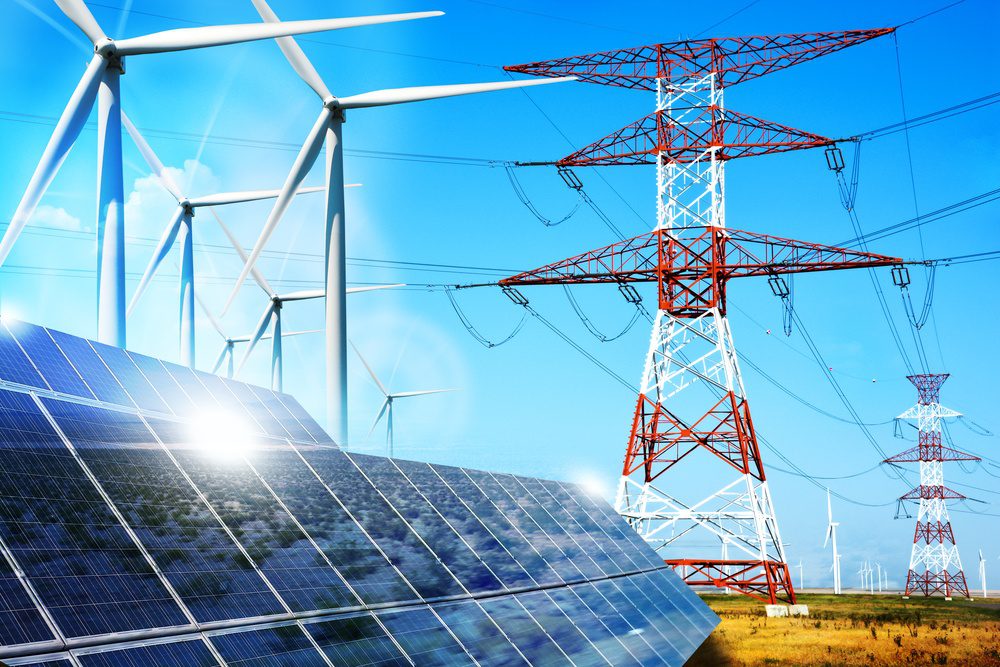
These scenarios will guide utilities and regulators to determine appropriate local capacity targets for renewable energy and establish pathways to meet an area’s specified goals.
The Clean Coalition is focusing on Community Microgrid configurations that incorporate combinations of various factors.
While deploying a true Community Microgrid requires utility cooperation, standalone microgrids are becoming more common around California and the US.
In addition to the Clean Coalition’s projects detailed above, we have compiled a list of some of the microgrids around the country, including in California.
The latest in clean local energy
Learn about our innovative projects and initiatives on our blog, and see what others are reporting about our important work.
The Washington Free Beacon reports on the Clean Coalition's analysis on California's fixed charge policy.
Read articleIndustrious Labs and EarthJustice reports on AB2083, a bill that the Clean Coalition endorsed.
Read articleChapman University reports on a student's efforts in expanding and delivering renewable energy solutions while involved with the Clean Coalition.
Read article